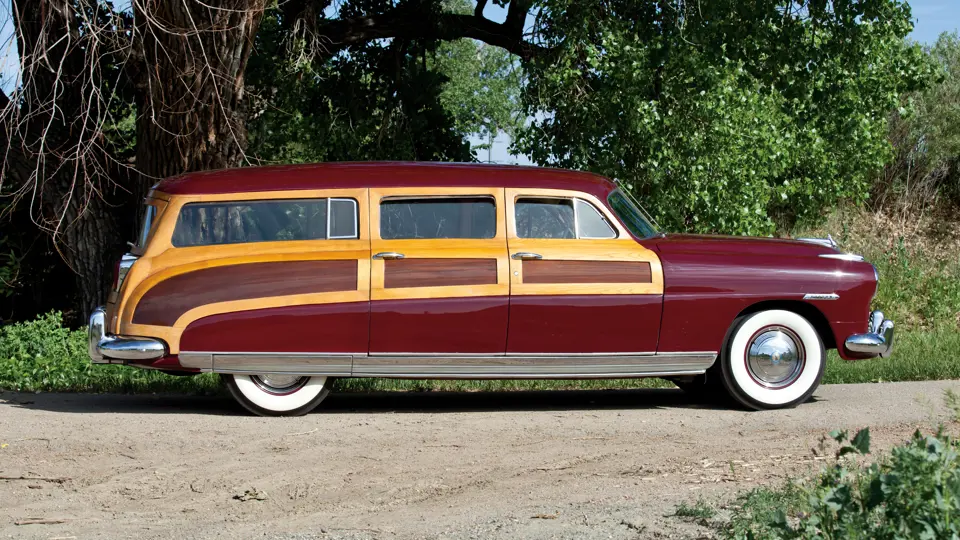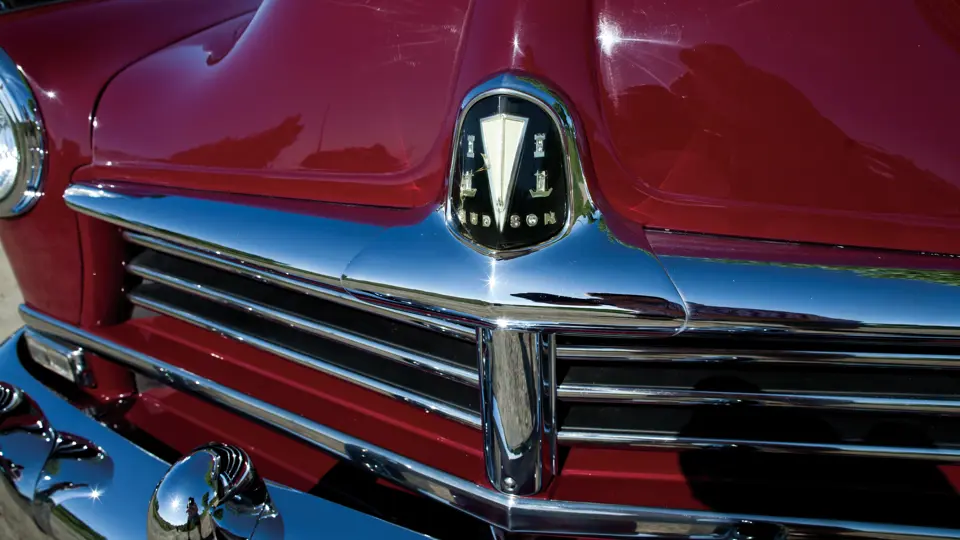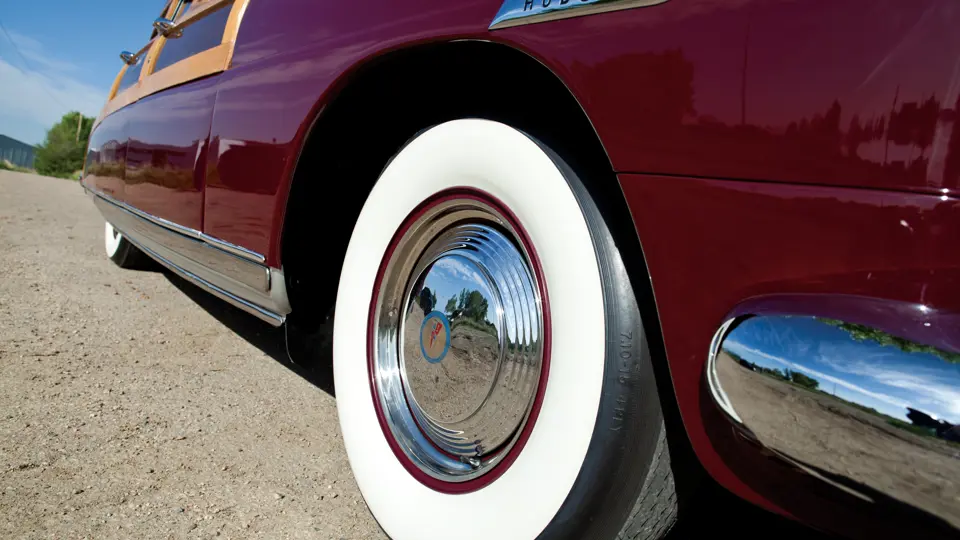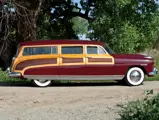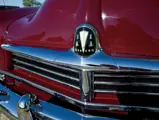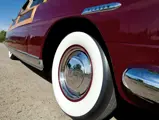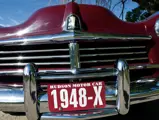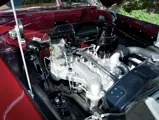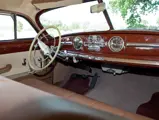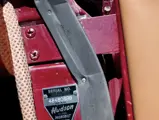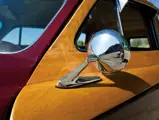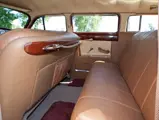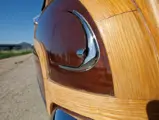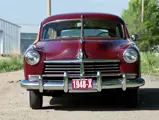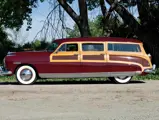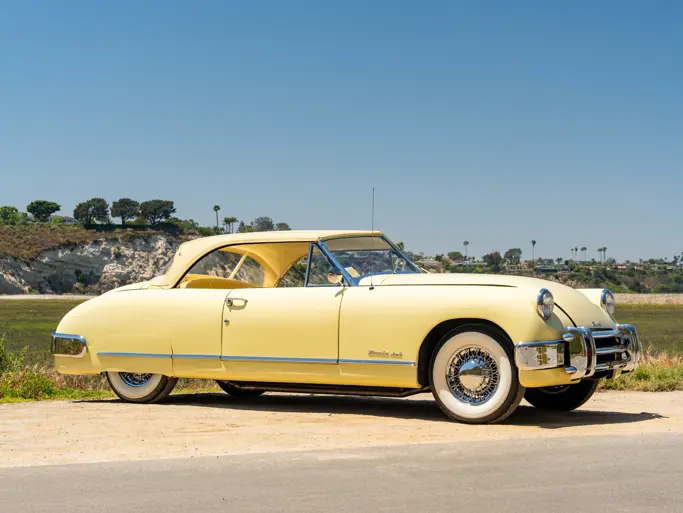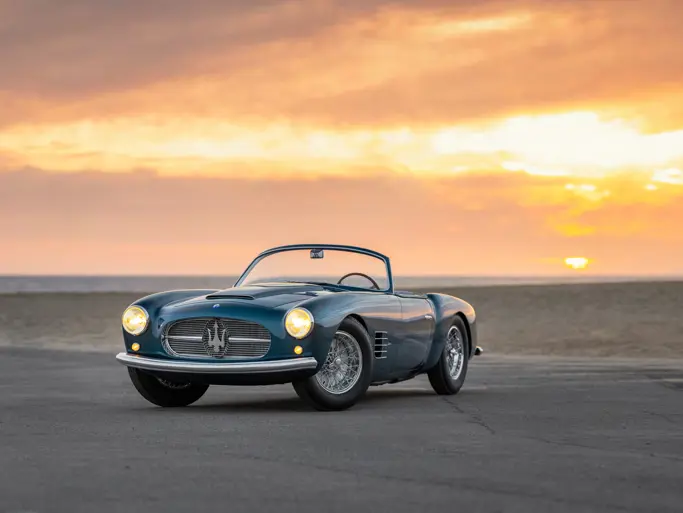Model 484. 128 bhp, 254.5 cu. in. L-head inline eight-cylinder engine, three-speed manual transmission, independent coil spring front suspension, live rear axle with semi-elliptic leaf springs, and four-wheel hydraulic drum brakes. Wheelbase: 124"
• One-off creation of a 1948 design
• Hand-crafted woodwork
• Freshly tuned and detailed
After the war, Hudson discontinued all commercial, utility, and station wagon lines, save for pickup trucks. When a radical new “step-down” design was put into production in 1948, one prototype pickup was built before the idea was abandoned. A postwar station wagon was never even considered—except in the imagination of a young Hudson designer.
Don Butler, a recently discharged Army Air Force veteran, had been hired in 1946 by Hudson’s styling supervisor, Arthur Kibinger. He had perfected his techniques as an illustrator for instruction manuals and training materials while in the Army, but in his off-duty hours, he drew cars. Kibinger recognized Butler’s talent and put him to work on the final drawings for the step-down models.
Butler continued sketching his own designs, now using Hudson as the basis. Unknown to anyone at Hudson, he sketched several body styles that he felt should be built as step-downs: a station wagon, a pickup, and a town car, the latter appearing both with and without a wood appliqué. Since there was no official interest in such ideas, Butler’s drawings remained hidden until the publication of his 1982 Crestline book The History of Hudson.
The release of Butler’s illustrations in the book aroused considerable interest amongst Hudson enthusiasts, among them, Bill Eggert, of Denver. Eggert was so impressed by the way Butler’s woodie design complemented the step-down lines that he resolved to build just such a car. Reasoning that a Hudson woodie would have been a prestige model in the upscale Commodore Eight series, he went looking for a suitable example.
A rust-free 1948 Hudson Commodore Eight four-door sedan from Missouri proved suitable. For the rear “cabin,” he used a 1954 Hudson donor car, its roof forming the greater part of the wagon’s rear roof. The curved liftgate window was formed from Lexan. The wood proved the hard part. There were no patterns, so every stick had to be hand-crafted and finished to fit. It took more than a year to create all the pieces using ash framing with mahogany veneer. The veneer was bonded to metal panels in order to fabricate the compound curves at the rear of the quarter panels. All of this work harmonized nicely with the standard wood grain on the Commodore dash panel and window moldings.
The car made its debut at the 2007 National Meet of the Hudson Essex Terraplane Club at Auburn, Indiana. It was the star of the show, and not just because it was the only woodie in attendance, it was a woodie that no one had ever seen except on paper. A friend of Butler’s who had insisted the drawings be included in the Hudson book was in attendance, and the physical embodiment of Butler’s drawings brought tears to his eyes. It has been shown once more since then and has never been offered for sale. With a recent mechanical tuning and cosmetic detail, it is ready to delight the public at the whim of its new owner.


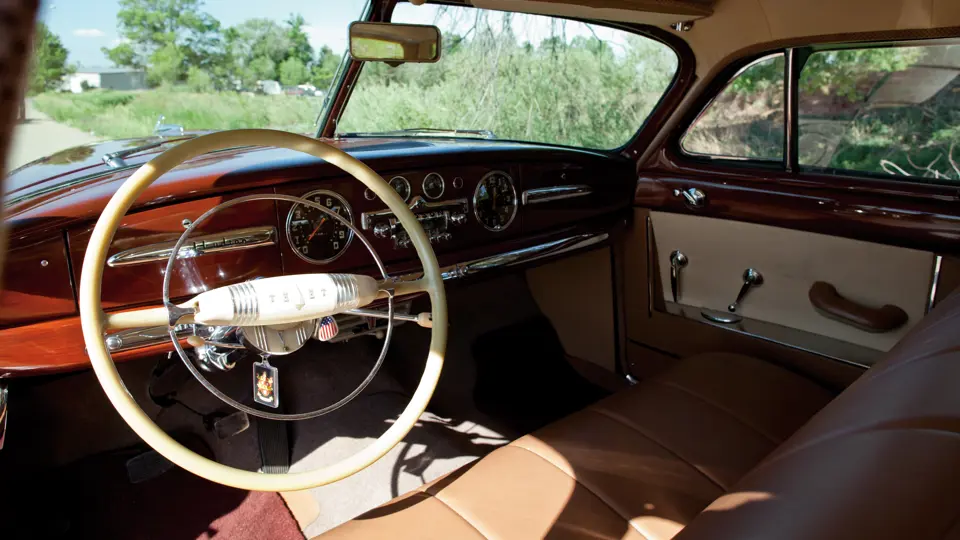


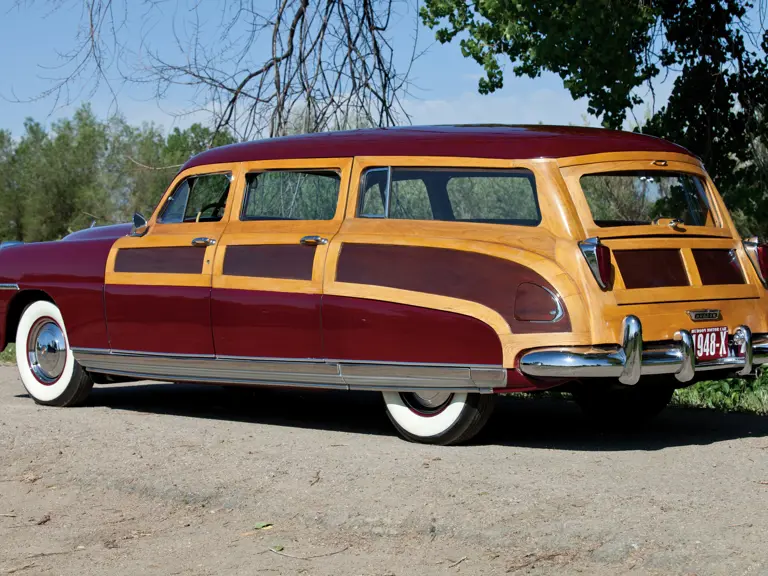
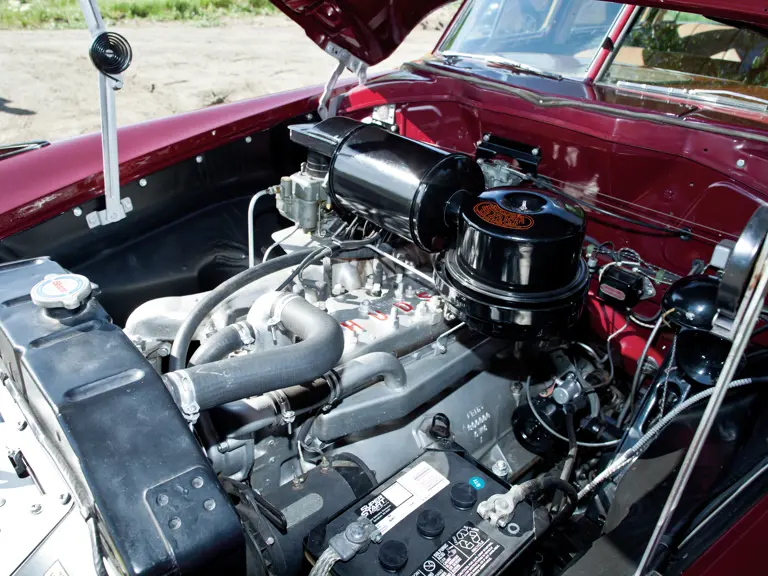
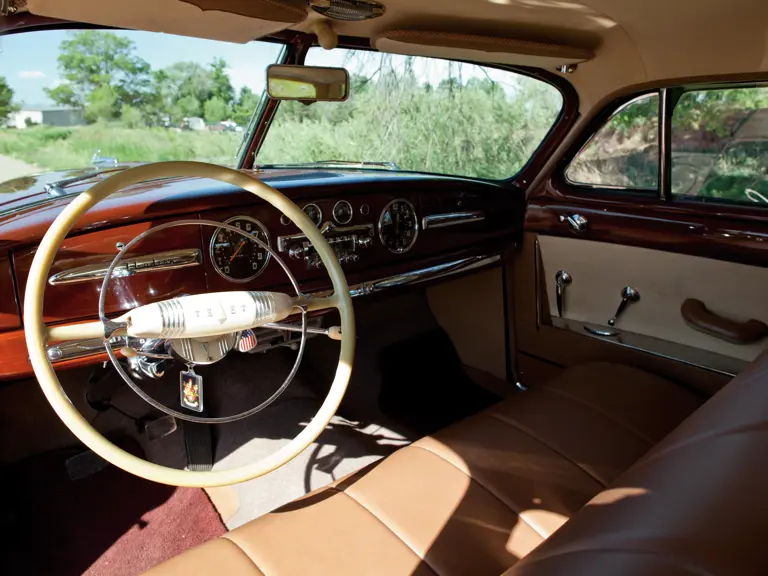


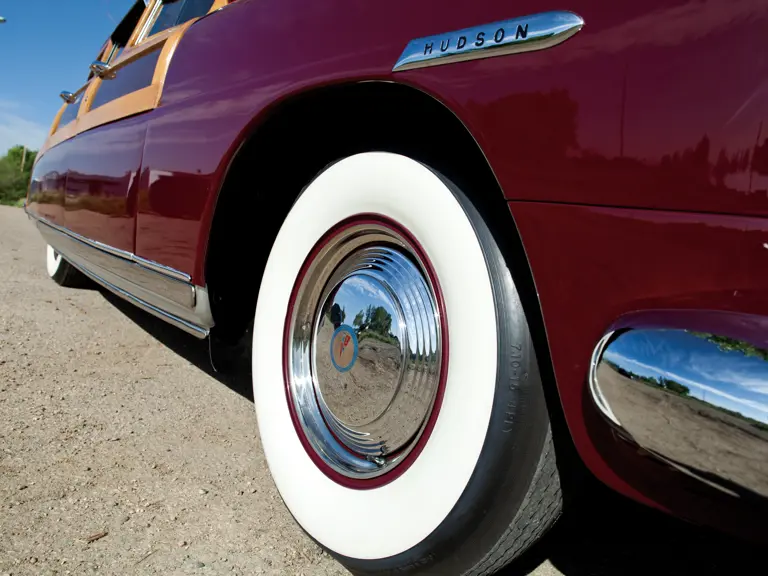

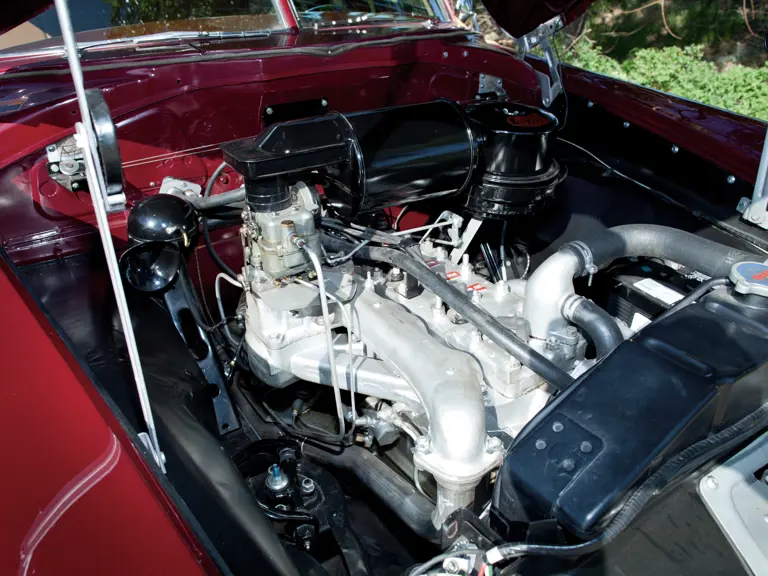
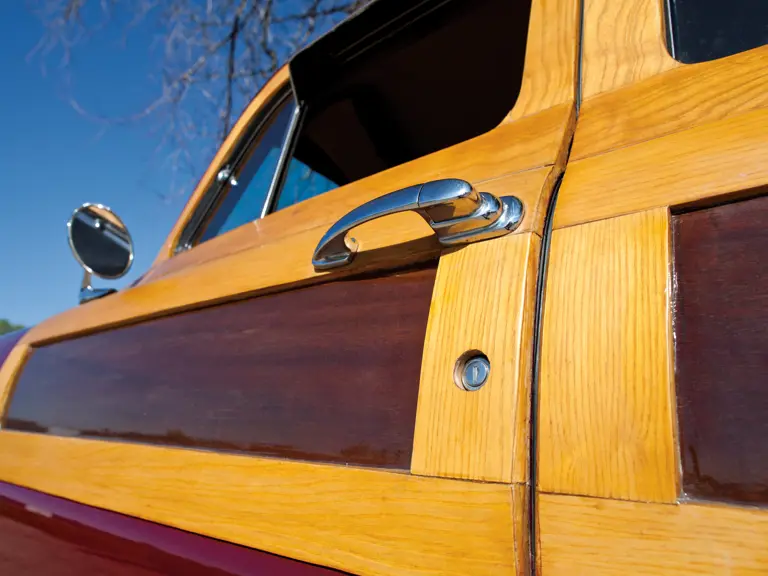

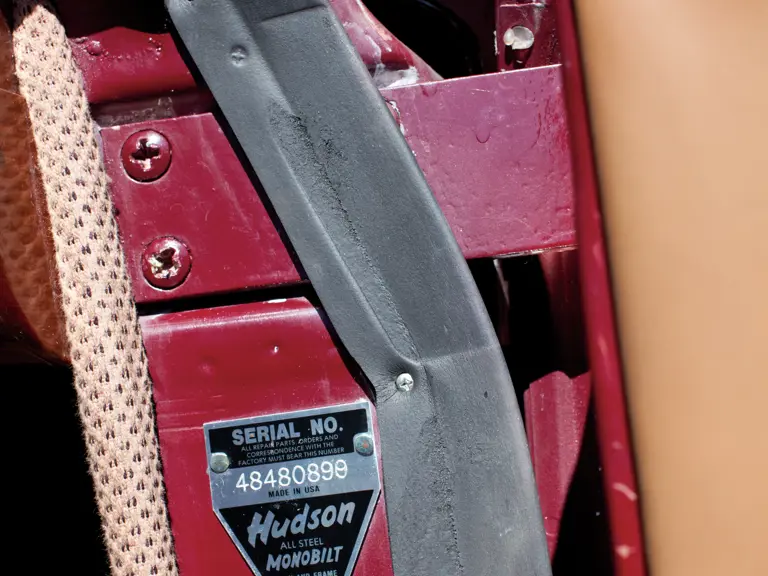
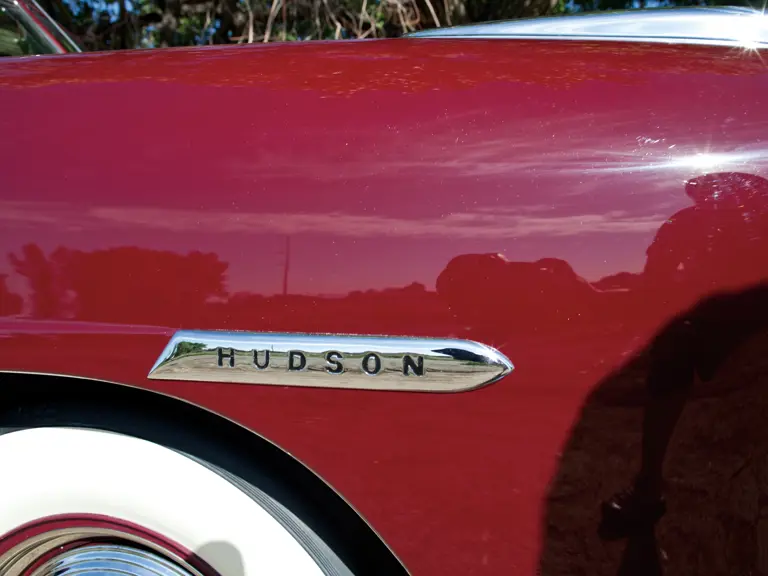

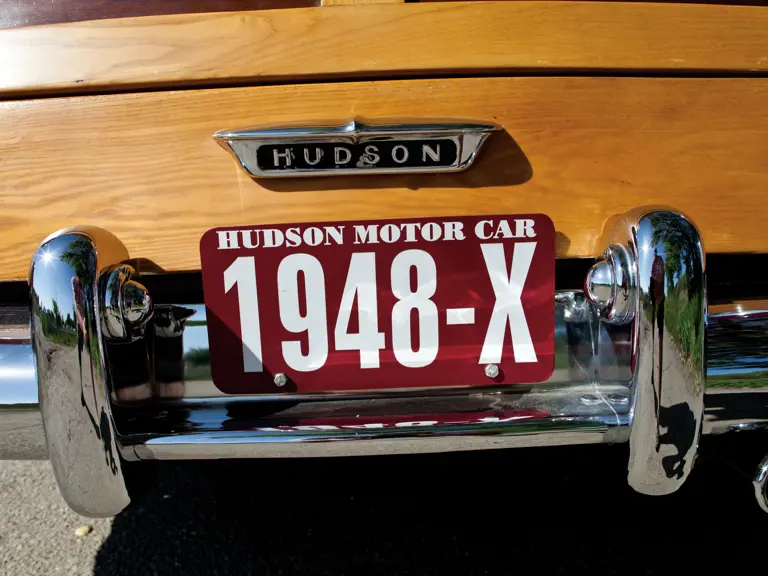
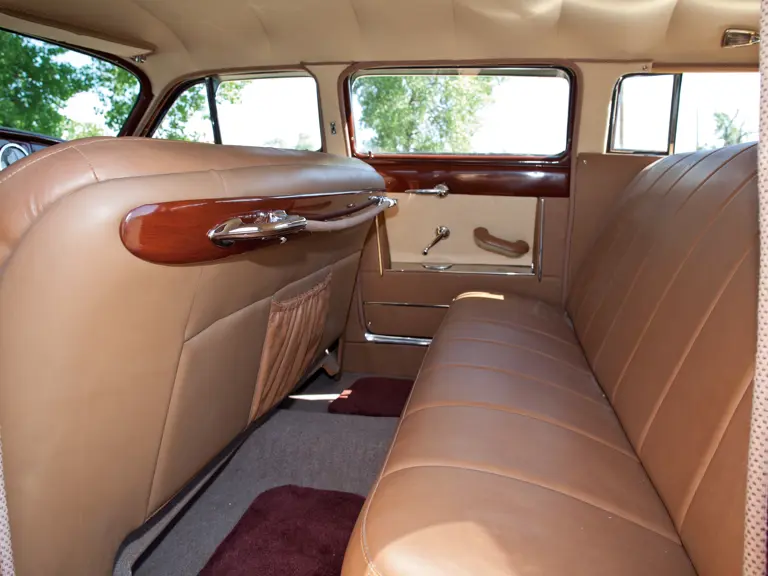
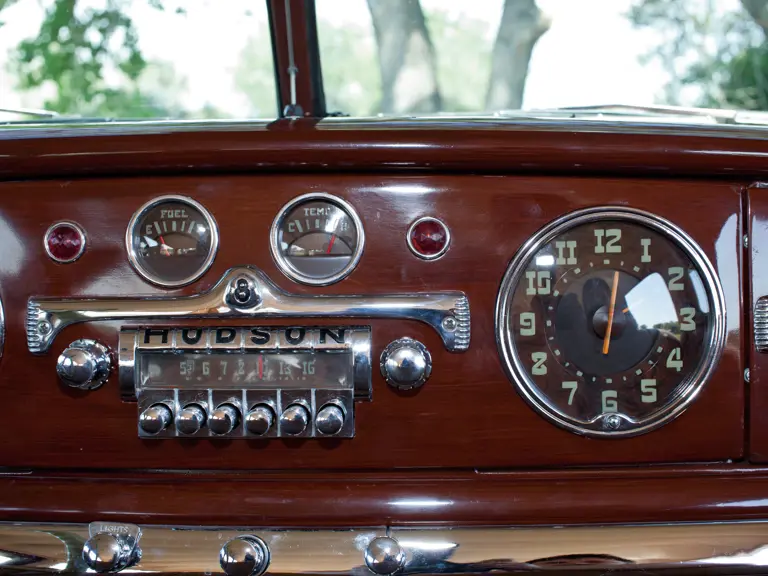
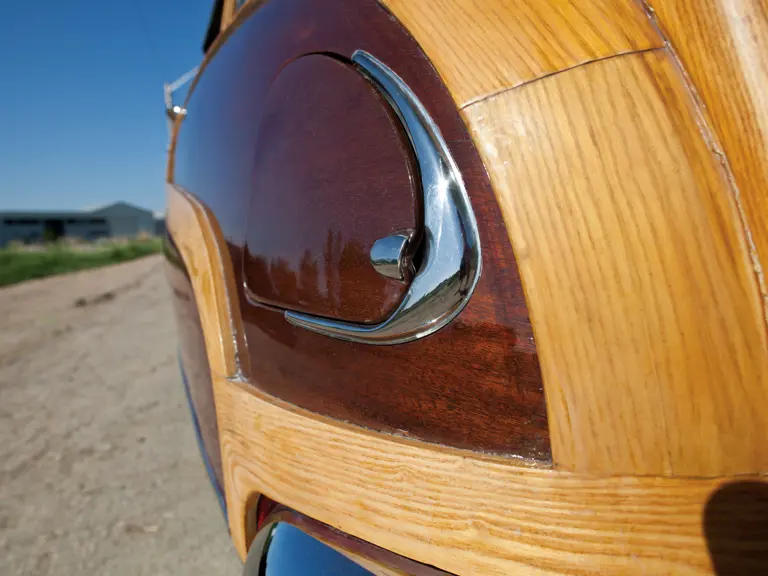
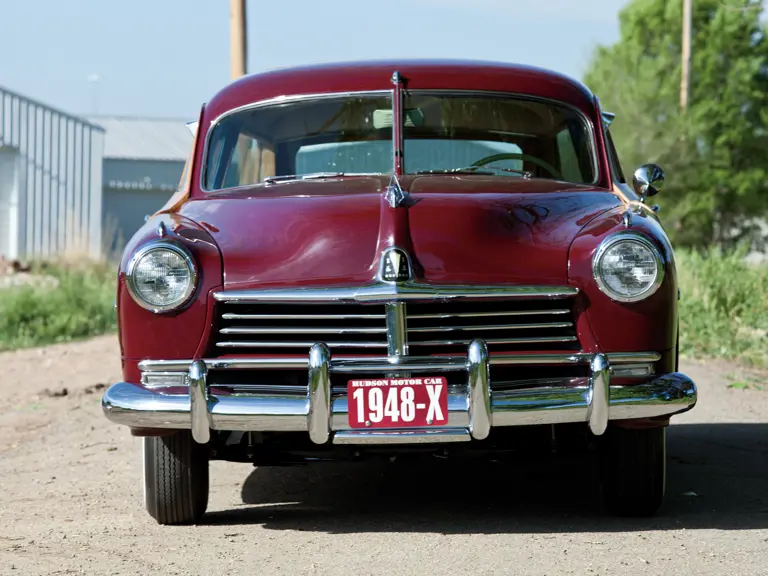
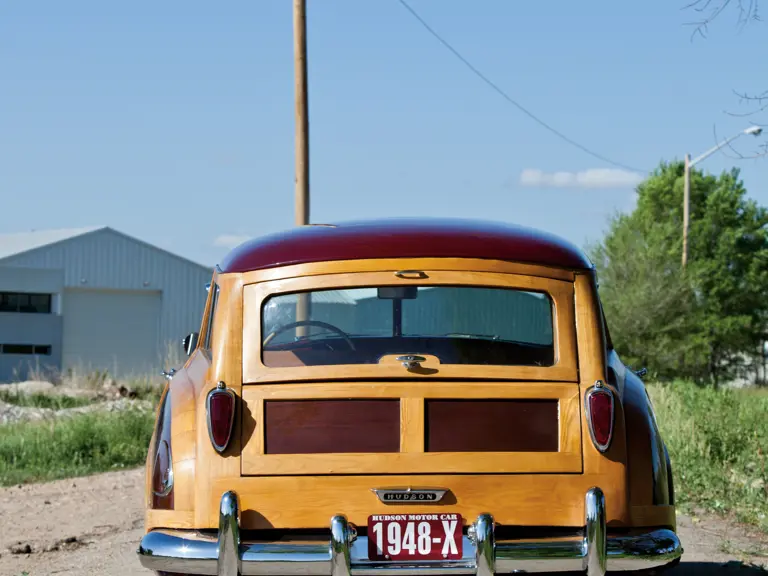
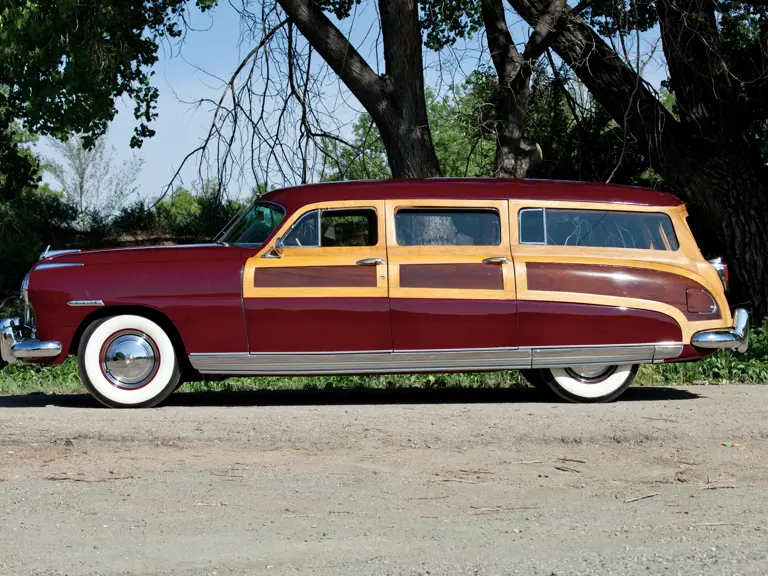
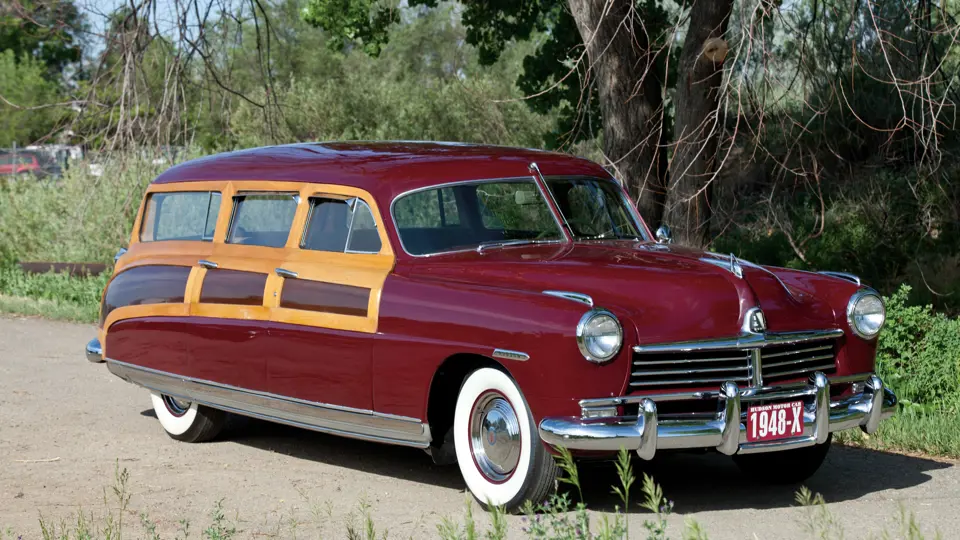
 | Plymouth, Michigan
| Plymouth, Michigan
